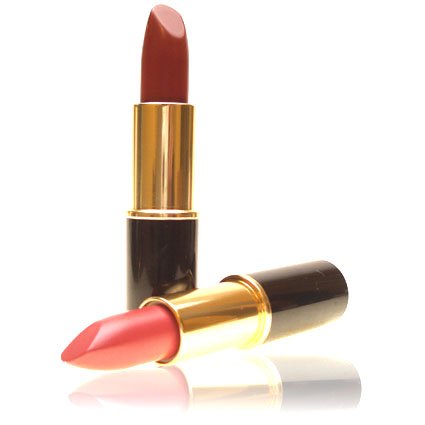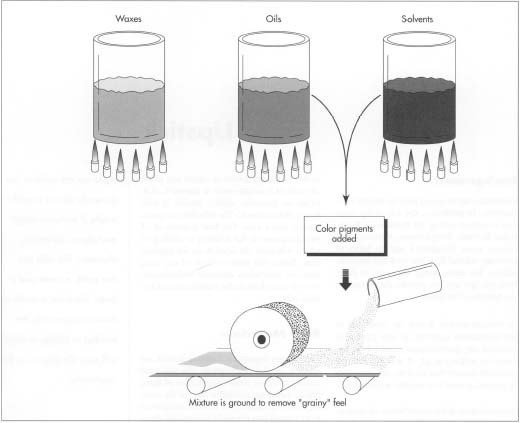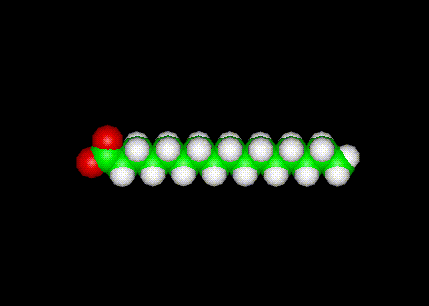
One of the main ingredients of lipstick is wax, oil and alcohol. Wax enables the mixture to be formed into the easily recognized shape of the cosmetic. Oils such as mineral, caster, lanolin, or vegetable are added to the wax. They are three types of wax used in lipstick, which are beeswax, candelilla wax and camauba.
Waxes are actually esters. It is the combinations of long chain alcohols and long chain fatty acids. There are also waxes made from more complicated building blocks.

 Struture of Ester Molecule
Struture of Ester Molecule Beeswax is a natural wax produced in the bee hive of honey bees of the genus Apis.
Beeswax is a natural wax produced in the bee hive of honey bees of the genus Apis.
The Carnauba is a wax which is derived from the leaves of the carnauba palm
Candelilla Wax is another popular vegetable wax. It is usually found either raw in lumps or in a refined state of flakes, pellets or powder.
The Process of Making a Lipstick
- The raw ingredients for the lipstick are melted and mixed. One mixture contains the solvents, a second contains the oils, and a third contains the fats and waxy materials.
- The solvent solution and liquid oils are then mixed with the color pigments. After that, it is mixed with the hot wax. Next, the mixture is poured into tubing molds, cooled, and separated from the molds.
- After the pigment mass is ground and mixed, it is added to the hot wax mass until a uniform color and consistency is obtained.
- The lipstick is cooled and separated from the mold, and the bottom of the tube is sealed. The lipstick then passes through a flaming cabinet (or is flamed by hand) to seal pinholes and improve the finish.
- Lipstick is reworked by hand with a spatula. This can be done in-line, or the tube can be removed from the manufacturing process and reworked.
- Finally, a lipstick is produced.
Researchers found that leads are found in the coloring agents that companies use to color the lipstick. Lead is a dangerous neurotoxin, one that the human body cannot tolerate. If ingested, it accumulates in the body. If lead levels become too high, the chance of developing health problems have a high possibility. Lead can affect your nervous system, red blood cells, bones, and kidneys; it can also affect reproduction and cause miscarriage. In children, lead poisoning can cause learning disabilities, mental retardation, behavior problems, anemia and even death. However, lead is not a proven cause of cancer.
Remember to check your lipstick product twice before using to ensure its lead-free.






No comments:
Post a Comment